Numpy Multiply Two Arrays Along Axis
Axes are like directions along the numpy array. The numpymultiply is a universal function ie supports several parameters that allow you to optimize its work depending on the specifics of the algorithm.

Python Numpy Tutorial An Applied Introduction For Beginners Learndatasci
X1 np.

Numpy multiply two arrays along axis. Now I would like to multiply the. Import numpy as np A nparray123 456 B nparray123 456 printMatrix A isnA printMatrix A isnB C npmultiplyAB printMatrix multiplication of matrix A and B isnC. It calculates the product between the two arrays say x1 and x2 element-wise.
Apply_along_axis func1d axis arr args kwargs source Apply a function to 1-D slices along the given axis. Import numpy X numpyrandomrand94 Y numpyresizeX409694 If you dont like the axes ordered this way you can then transpose. Vector v along a given axis of a.
If you want the other axis you could transpose everything. A nprandomrandom 23 x npzeros 2 a x Fails because not broadcastable. It has elements Bi j which are calculated as.
Shape axis Need not equal M out np. A nparrayA B nparrayB shape check if axis Andim. Npapply_over_axesnpsum a 02 array 60 92 124 Tuple axis arguments to ufuncs are equivalent.
Multiply x1 x2 array 0 1 4 0 4 10 0 7 16 The operator can be used as a shorthand for npmultiply on ndarrays. Raise AxisErroraxis Andim if Ashapeaxis Bsize. Numpymultiply function is used when we want to compute the multiplication of two array.
Ni M Nk a. Import numpy as np a nparray 1 3 5 7 9 b nparray 1 2 3 4 5 6 7 8 9 print Vector an a print print Matrix bn b Output. If axis is negative it counts from the last to the first axis.
Raise ValueErrorA and B must have the same length along the given axis Expand the B according to axis. Execute func1da args kwargs where func1d operates on 1-D arrays and a is a 1-D slice of arr along axis. Empty Ni J Nk for ii in ndindex Ni.
Out_1d j a_1d indices_1d j. Npsuma axis02 keepdimsTrue array 60 92 124 numpyapply_along_axis numpyvectorize. The first element B00 17 is the sum of the elements in.
Let us now see how multiplication between a matrix and a vector takes place. The result has same number of dimensions as the original array. For kk in ndindex Nk.
A0 0 array 1 4 12. A_1d a ii s_ kk indices_1d indices ii s_ kk out_1d out ii s_ kk for j in range J. New in version 170.
Lets call the inout array A and the output array B npsumA axis1. Syntax of Numpy Multiply. Import numpy as np Given axis along which elementwise multiplication with broadcasting is to be performed given_axis 1 Create an array which would be used to reshape 1D array b to have singleton dimensions except for the given axis where we would put -1 signifying to use the entire length of elements along that axis dim_array npones1andimintravel dim_arraygiven_axis -1 Reshape b with dim_array and perform elementwise multiplication with broadcasting along.
It returns the product of arr1 and arr2 element-wise. Sum over axes 0 and 2. Shape axis 1 J indices.
One dimension has length x as well. Array 025 033333333 075 066666667 If ive interpreted correctly. Numpy arrays have axes.
If axis is a tuple of ints a product. You can also rely on the broadcasting rules to repeat-fill a re-sized array. A npsum a axis0 Out 10.
Lets define a 5-dimensional vector and a 33 matrix using NumPy. Return the product of array elements over a given axis. Numpymultiply arr1 arr2 outNone whereTrue castingsame_kind orderK dtypeNone subokTrue signature extobj ufunc.
Reshape 3 3 x2 np. Program to illustrate element-wise multiplication of two given matrices. The default axisNone will calculate the product of all the elements in the input array.
Arange 30 np. Import numpy as np from numpycore_internal import AxisError def multiply_along_axisA B axis. A nparray 1 2 3 4 In 10.
Axis or axes along which a product is performed. If you use it npargmin will retrieve the index values for the minima along particular axes. The multiply operation is performed with the help of numpymultiply In this syntax of npmultiply we will look at the parameters used in this function.
The numpy multiply function calculates the product between the two numpy arrays. This is equivalent to but faster than the following use of ndindex and s_ which sets each of ii jj and kk to a tuple of indices. Bi j npsumAi j Eg.
The axis parameter enables you to control the axis along which to use argmin. Numpymultiplyx1 x2 outNone whereTrue castingsame_kind orderK dtypeNone subokTrue signature extobj. Assume I have a vector v of length x and an n-dimensional array a where.
Basically out i a i b i where a ishape is 2 and b i then is a scalar. Keep in mind that the axis parameter is optional.

Tensor Multiplication With Numpy Tensordot Stack Overflow
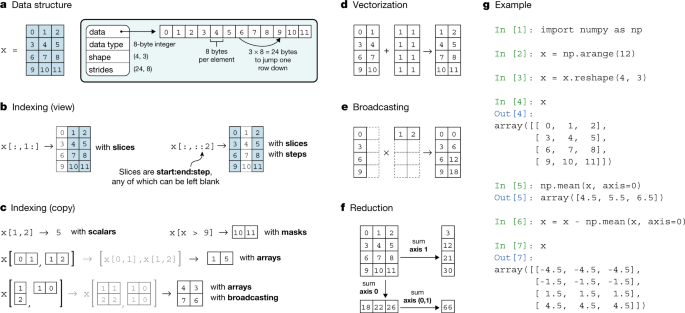
Array Programming With Numpy Nature
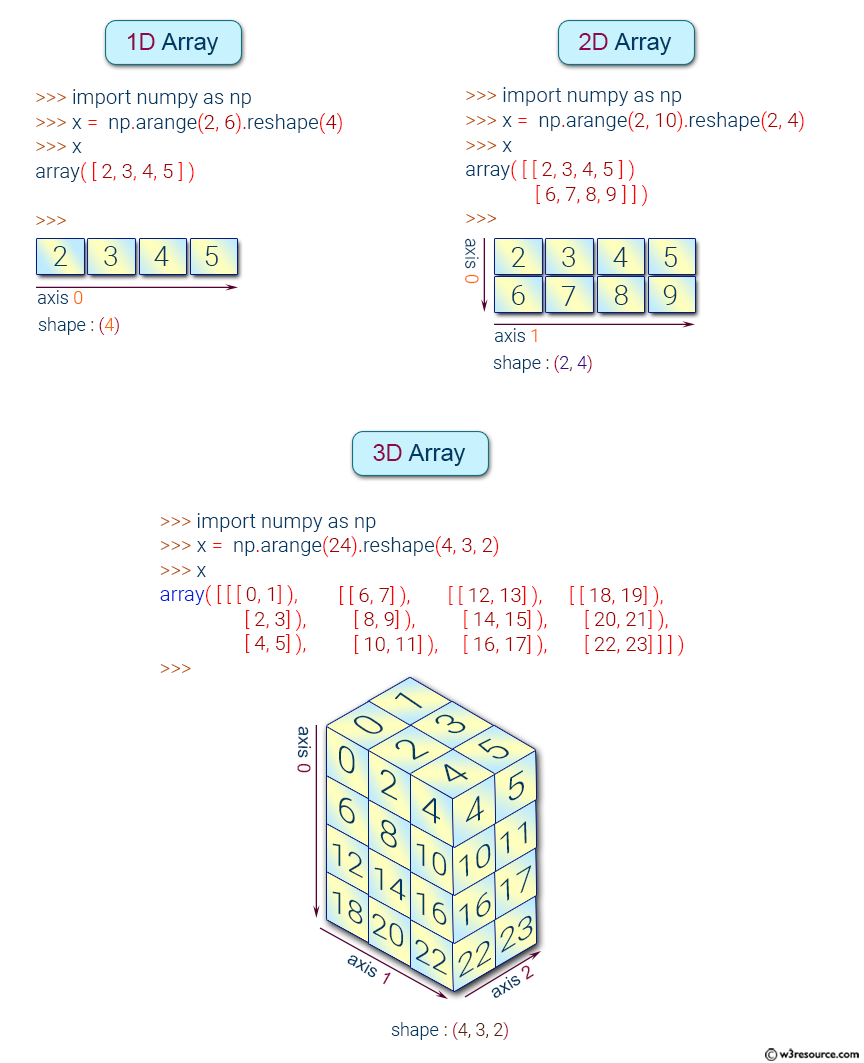
Numpy Array Object Exercises Practice Solution W3resource

Cheat Sheet Of Machine Learning And Python And Math Cheat Sheets Data Science Learning Data Science Python Cheat Sheet
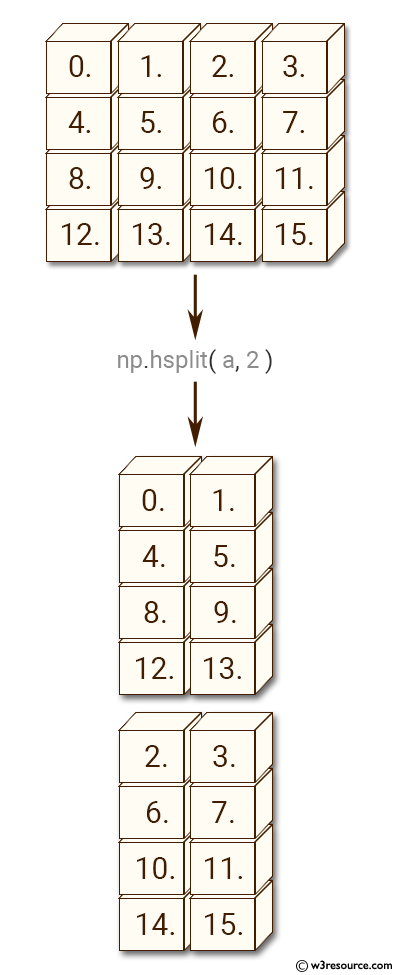
Numpy Array Manipulation Hsplit Function W3resource

A Quick Introduction To The Numpy Power Function Sharp Sight
Numpy Matrix Multiplication Numpy V1 17 Manual Updated

Matrix Multiplication Data Science Pinterest Multiplication Matrix Multiplication And Science

Numpy The Absolute Basics For Beginners Numpy V1 21 Manual
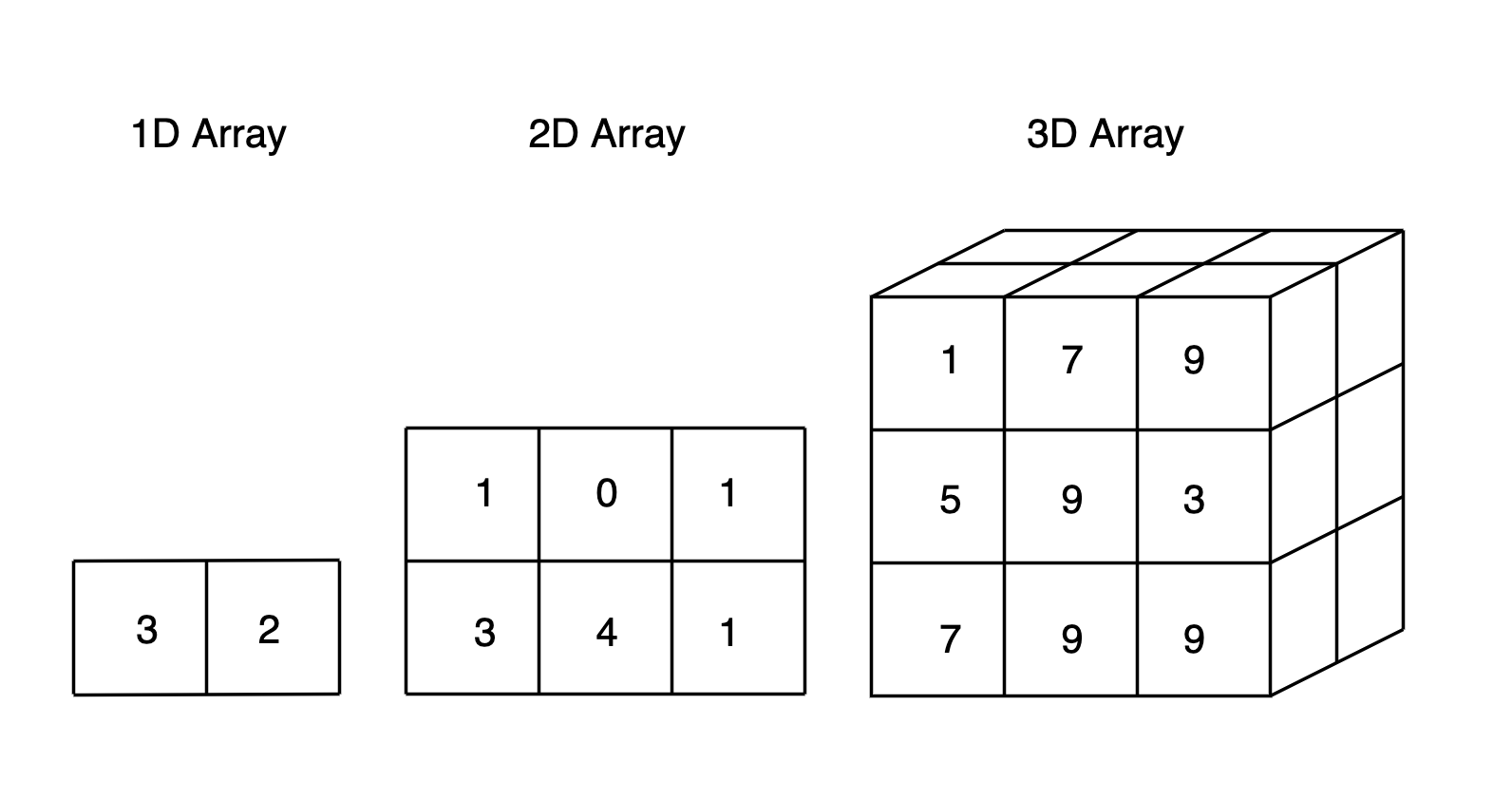
Numpy Array Cookbook Generating And Manipulating Arrays In Python By Chris The Data Guy Towards Data Science

Numpy Dot Example Np Dot In Python Matrix Multiplication Crash Course Basic Concepts

Numpy Matrix Multiplication Numpy V1 17 Manual Updated
Numpy Fundamentals For Data Science And Machine Learning

20 Examples For Numpy Matrix Multiplication Like Geeks

How To Use Numpy Repeat Sharp Sight
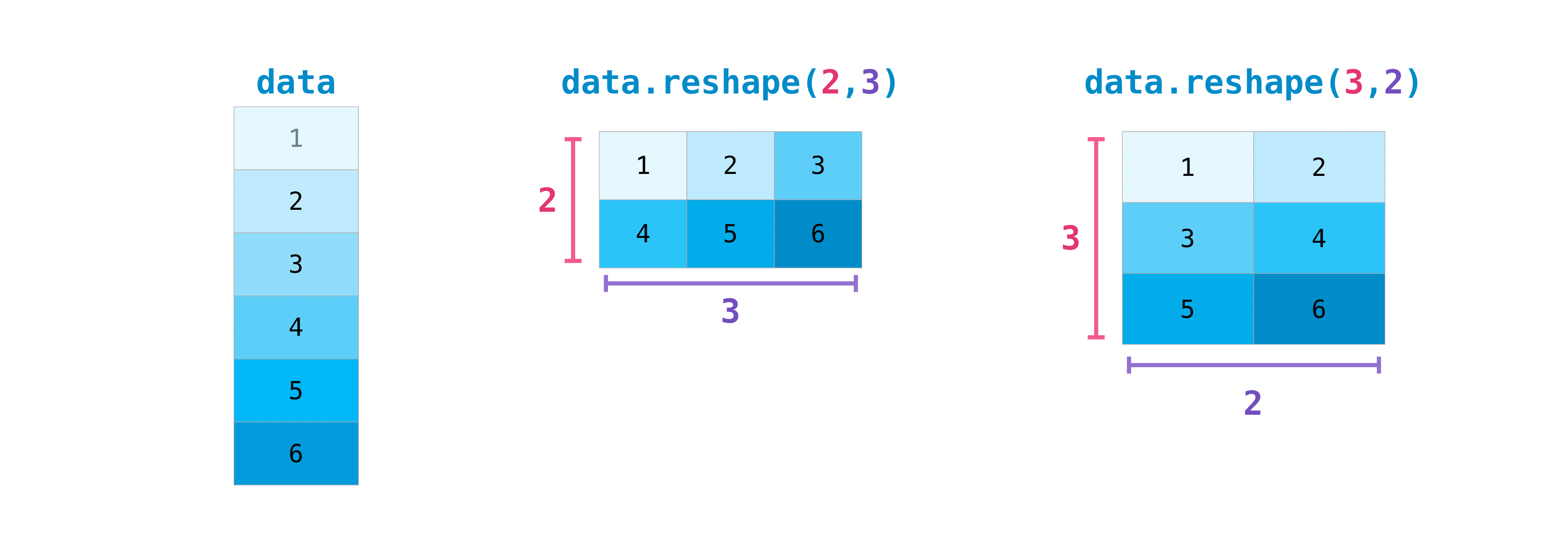
Numpy The Absolute Basics For Beginners Numpy V1 21 Manual

Vectorizing Multiplication Of Matrices With Different Shapes In Numpy Tensorflow Stack Overflow

How To Calculate The Average Of A Numpy 2d Array Finxter
